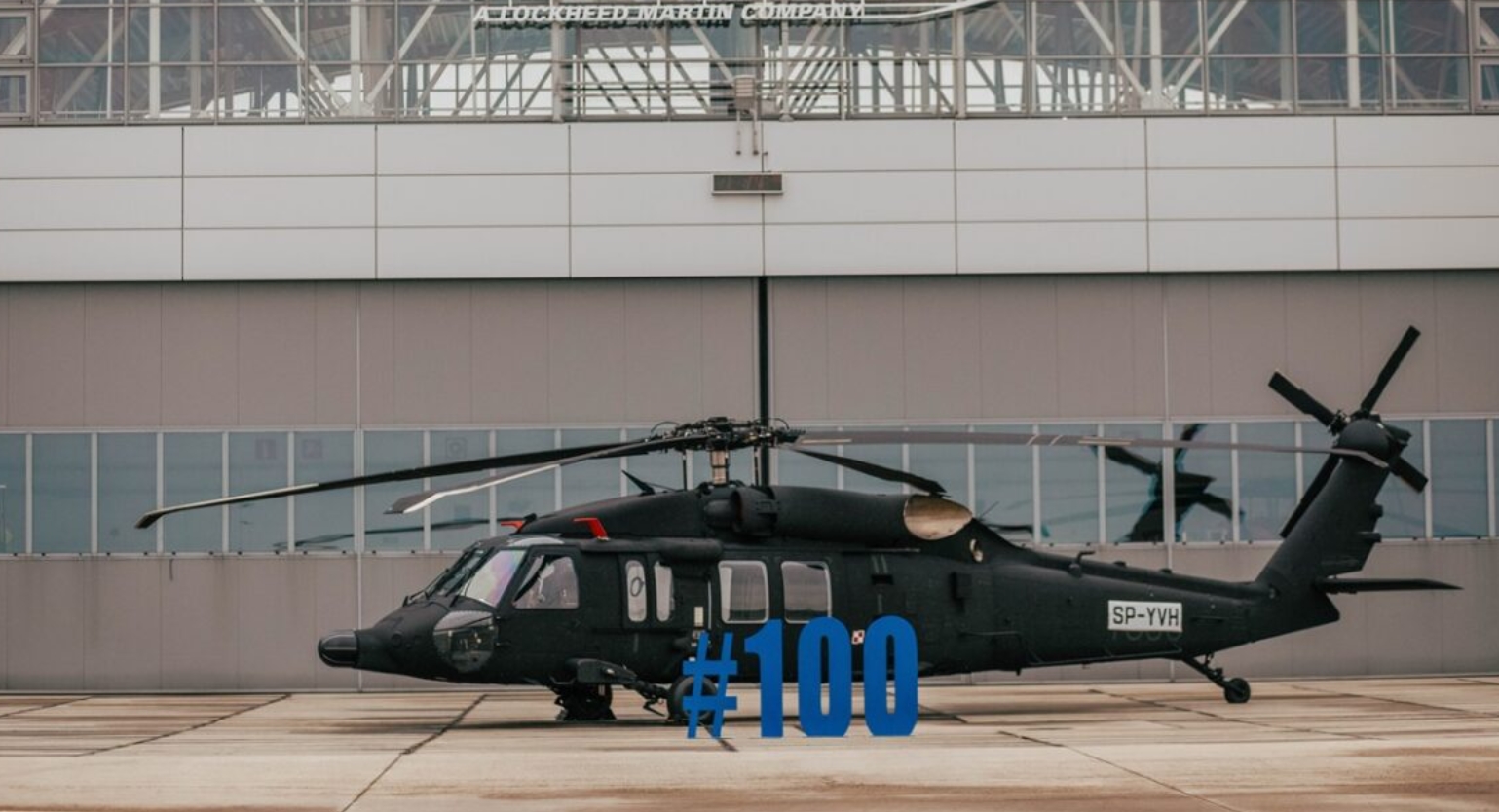Modernized Vertical Lift Platform With Advanced Compound Structures and Improved Security Actions
In the world of upright lift platforms, a significant shift towards modernization has actually been observed, driven by the combination of sophisticated composite structures and heightened safety actions. In discovering the convergence of technology and safety and security in modern-day lift systems, a compelling story emerges, showcasing the potential for transformative innovations that cater to the ever-evolving needs of commercial industries.
Evolution of Upright Lift Platforms

The evolution of vertical lift platforms can be traced back to fundamental wheel systems and very early lift designs. In time, advancements such as hydraulic systems, electrical motors, and progressed control devices have actually significantly improved the efficiency and safety of these platforms. Producers have actually likewise focused on enhancing the security, reach, and load-bearing abilities of upright lift systems to fulfill the diverse demands of various markets.
In addition, the combination of clever innovations like sensors, IoT connection, and automation functions has better transformed the abilities of contemporary upright lift systems. These technological improvements not just enhance operational productivity however likewise make certain heightened safety criteria for workers making use of these systems at different elevations. The continual advancement of upright lift platforms underscores their important duty in boosting upright movement across sectors.
Combination of Advanced Composite Frameworks

Additionally, making use of sophisticated composite materials permits more facility and optimized architectural designs, allowing engineers to tailor the platform's properties to satisfy certain efficiency requirements. This personalization can result in enhanced aerodynamics, reduced vibrations, and improved total security throughout operation. The integration of sophisticated composite frameworks also adds to a reduction in maintenance costs and downtime, as these products display superb resistance to ecological factors and have a longer life span compared to standard materials. In general, the incorporation of advanced composite frameworks in contemporary upright lift systems represents a substantial improvement in aerospace innovation, causing a lot more efficient, dependable, and safer airborne transport systems.
Boosted Precaution Application
Applying boosted safety steps is crucial in ensuring the optimal performance and reliability of contemporary vertical lift platforms. One crucial aspect of improved security steps is the assimilation of innovative sensing unit technologies to check numerous specifications in real-time.

Sector Applications and Benefits
With developments in technology and engineering, updated upright lift platforms have actually located diverse applications throughout different markets, using considerable benefits in effectiveness and performance. In the manufacturing field, these systems improve the process of transporting hefty products and devices within facilities, reducing hand-operated handling and boosting functional effectiveness. The building industry gain from vertical lift systems by allowing workers to gain access to raised areas safely and effectively, boosting general task timelines. Warehousing and logistics companies make use of these platforms to optimize storage room application and facilitate quicker selecting and packing procedures.
Additionally, upright lift systems play a critical duty in the repair and maintenance of framework such as bridges, high-voltage line, and buildings, enabling specialists to reach inaccessible locations easily (sikorsky s 70). The air travel market likewise leverages these platforms for airplane upkeep and assembly tasks, enhancing workflow performance and making certain employee safety and security at elevations. Generally, the widespread adoption of modernized upright lift systems throughout sectors emphasizes their flexibility and the significant renovations they give various procedures
Future Trends in Lift Platform Technology
Including sophisticated automation and intelligent features, lift system modern technology is this post positioned to reinvent upright transportation systems in the future. One key trend is the integration of Web of Points (IoT) innovation, enabling lift platforms to interact real-time data for anticipating maintenance, maximizing performance, and improving safety. Expert system and equipment discovering algorithms are likewise being included to evaluate patterns, forecast potential concerns, and improve effectiveness. Moreover, the usage of advanced materials such as carbon fiber compounds is on the surge, offering enhanced durability and stamina while reducing overall weight. Boosted precaution, consisting of biometric verification and emergency situation reaction systems, are ending up being typical features to make sure check these guys out guest safety and security. Furthermore, customizable configurations and modular layouts are obtaining popularity, enabling higher flexibility to numerous settings and needs. As lift platform technology continues to develop, these patterns are readied to form the future of upright transport, making it extra efficient, risk-free, and user-friendly.
Verdict
In verdict, the modernized upright lift platform showcases the advancement of innovation in the industry. By integrating innovative composite structures and boosted precaution, this system offers boosted efficiency and safety and security for various applications. The sector can benefit substantially from these developments, and future fads in lift platform modern technology are likely resource to continue boosting upon these developments for also greater success and efficiency.
In the world of vertical lift platforms, a significant shift in the direction of innovation has been observed, driven by the assimilation of advanced composite structures and increased safety and security steps. The constant advancement of vertical lift platforms highlights their crucial role in improving upright mobility across markets.

The consolidation of advanced composite structures in contemporary upright lift systems has actually significantly boosted their structural integrity and performance abilities. By incorporating these innovative compounds right into the design and construction of vertical lift platforms, producers can lower general weight, boost load-carrying capability, and improve the system's longevity and longevity.
Implementing enhanced safety actions is important in ensuring the ideal efficiency and reliability of contemporary upright lift systems.